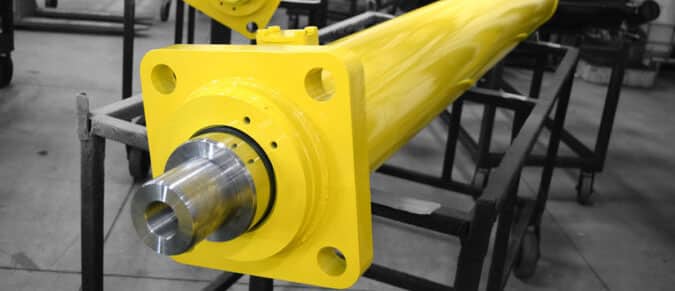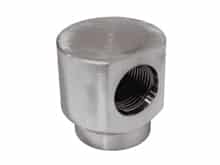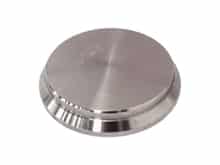Cleaning and Lubricating Your Hydraulic Cylinder
How to Clean and Lubricate a Hydraulic Cylinder

The best way to extend the operating lifespan of your hydraulic cylinder is to ensure all rods and component parts are adequately lubricated to avoid friction and wear. Failure to do so can result in rust, pitting, and complete system failure. Cleaning and lubricating your hydraulic cylinder can usually be completed in a few straightforward steps at your facility. Always consult your manual before conducting any hydraulic cylinder maintenance as equipment can vary.
- Establish a clean work area to avoid contaminating cylinder components during cleaning.
- Drain the cylinder of all hydraulic fluid.
- Change your hydraulic cylinder filters.
- Clean any old lubricant from the rods and piston while checking for signs of rust, pitting, or other wear. You may require a wire brush or high-pressure water cleaner to remove sludge or other substances.
- Using a lower viscosity fluid similar to your system’s fluid, flush your hydraulic cylinder and ensure all particles, degraded oil, or deposits are removed.
- Apply new lubricant. Replace all flushed substances with clean fluids.
- Reassemble your hydraulic cylinder, wiping away any excess lubricant.
- Reinstall your hydraulic cylinder into your equipment.
Common Lubricants for Hydraulic Cylinders
Many choices are available for rod lubrication to avoid rust, lower friction, and encourage efficient hydraulic operations. To decide which lubrication is best for maintaining your cylinder, consider your equipment, intended use, and application environment. These factors will determine which lubricant is best-suited to help you avoid common causes of hydraulic cylinder failure.
- Hydraulic Oil is a synthetic fluid that provides high stability, lubricity, and the ability to withstand high or low temperatures. It is not the most cost-effective option and poses compatibility issues with certain seal materials.
- Hydraulic Grease doubles as a lubricant and a sealant to prevent contamination. It has a higher viscosity and thickness than oil, and it is an excellent choice for rod lubrication. Hydraulic grease can burn at high temperatures and is often messy to apply.
- Water-Based Fluids are the least effective and least used hydraulic fluid type. They are suited to applications with a high probability of fire, but they need to be reapplied more often than oil or grease.
Maintaining Your Hydraulic Cylinder for Dependable Performance
Cleaning your hydraulic system and applying proper rod lubrication can prolong the lifespan of your hydraulic cylinder, saving you labor hours and costs on expensive repairs. If your equipment still experiences performance issues after cleaning and lubricating all component parts, it may be time to consider purchasing replacements.
Hydraulic Cylinders, Inc. can help. We offer comprehensive how-to guides, expert advice, and industry-specific knowledge to get you back to work as soon as possible. If it’s time to replace your hydraulic system, our inventory of aftermarket hydraulic cylinders and hydraulic component parts are in-stock and ready to ship. We’ll demolish your downtime with high-quality products and in-the-field expertise.
Contact us today to learn more about cleaning and lubricating your hydraulic cylinders. Our highly trained team will respond soon.





































